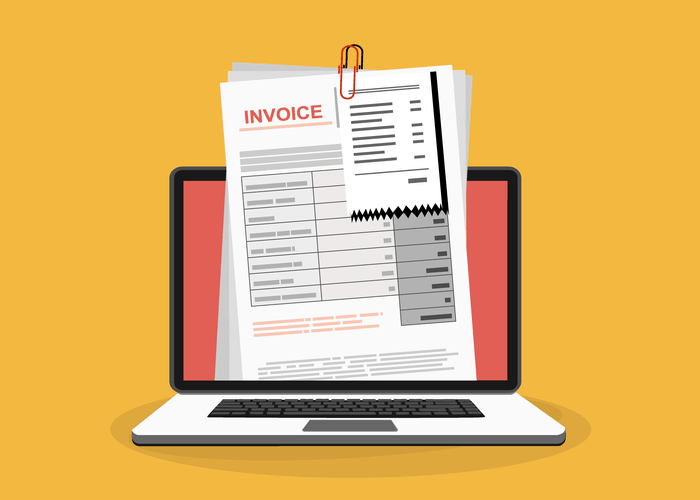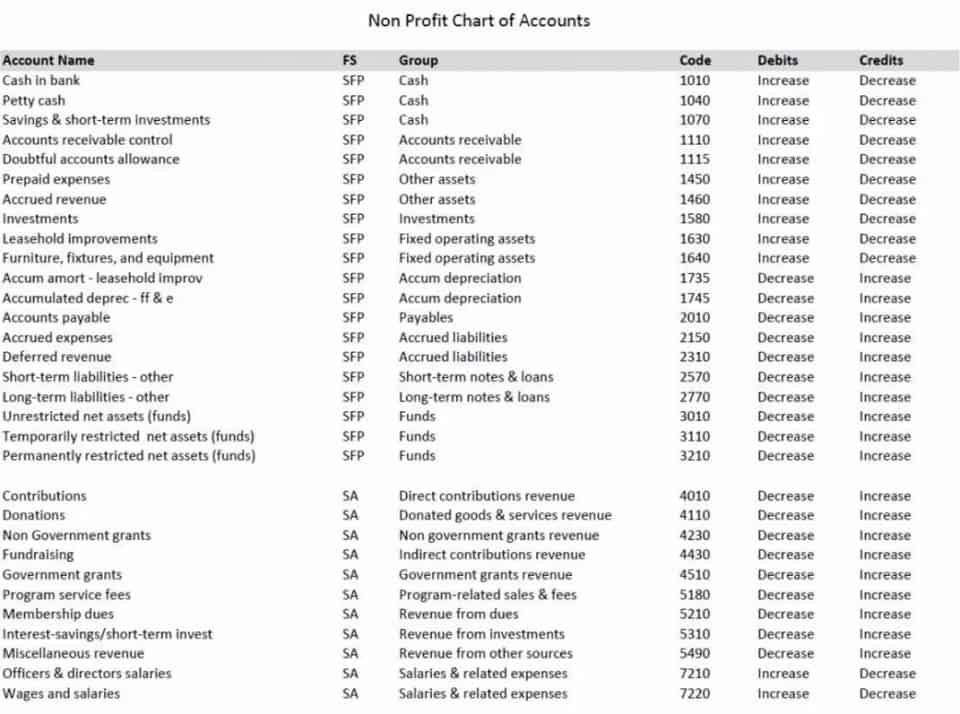
Investors can use the number of outstanding shares to evaluate a company’s financial health and performance. It helps in calculating key financial ratios and understanding the company’s ownership distribution. Lockups aside, long-standing Law Firm Accounts Receivable Management investors such as founders or venture capital backers may have their own restrictions on selling, or may have signaled that they have no intent to do so. For many companies, however, even those executing buybacks, the number of outstanding shares and the number of issued shares is the same.

How Outstanding Shares are impacted by Stock Buybacks and issuances?
In the US, public companies are obligated to report their number of shares outstanding as part of the SEC’s filing requirements. Investors use this data to calculate financial ratios, assess ownership structures, and make informed investment decisions. Factors like stock buybacks or issuance of new shares can alter the number of outstanding shares. Shares that a company buys back from the open market, reducing the total number of outstanding shares. Company A has issued 25,800 shares, offered 2,000 shares to two partners, and retained 5,500 stocks in the treasury. Let us understand the formula that shall act as the basis of our understanding and the formation of the outstanding shares equation through the discussion below.

Stock Splits
This 800 is divided into 600 (shares held by the public) + 200 (restricted shares held by company insiders). Warrants grant the stock bearer the right to purchase additional shares of outstanding stock from the company’s treasury. Stocks outstanding rise as warrants are exercised, while Treasury stock counts fall. The company will now have to sell 100 shares from its treasury to the warrant holders if all of these warrants are exercised. Float shares of the company are the ones that are available for trading to the public.
- The ownership of outstanding shares spreads among several shareholders, with no single shareholder controlling the company.
- Outstanding and treasury shares are two distinct terms relating to a company’s equity.
- It helps in calculating key financial ratios and understanding the company’s ownership distribution.
- At the time, GE discussed plans to split into three companies and to divest from many businesses.
What is the difference between Outstanding Shares and Issued Shares?
Treasury shares are the portion of shares that a company keeps in its own treasury. These shares are not considered outstanding because they are not held by public or institutional investors. The float, for instance, has no bearing on market capitalization or shares outstanding formula earnings per share.

Assume that Company A has 100 million shares outstanding and a trading price of $10. It also has 10 million stock options outstanding with an exercise price of $5. Understanding how to calculate outstanding shares for a public company would appear to be a simple matter. Outstanding shares are the total shares of a company that is being owned by shareholders while float on the other hand is the number of shares that are available for trading by members of the public. At the end of it all, the number of outstanding shares decreased by 1000 shares while earnings per share increased by 6.89%. The shares available to investors on the open market are commonly called the float.
How to Calculate Common Stock.
For blue chip stocks, multiple stock splits over decades contribute to market capitalization growth and investor portfolio expansion. However, simply increasing outstanding shares isn’t a guarantee of success; companies must consistently deliver earnings growth to achieve sustained investor confidence. Conversely, a reverse stock split reduces the number of outstanding shares. Companies typically use reverse normal balance splits to increase their share price to meet minimum exchange listing requirements.

- Stock buybacks, for instance, reduce the number of outstanding shares, potentially boosting the company’s earnings per share (EPS) and making each share more valuable.
- Management shares can provide certain advantages for investors, particularly regarding interest alignment, expertise, experience, and stability.
- Overall, the shares outstanding offer a snapshot of a company’s equity structure and provide insights into its financial strategies.
- The number of shares outstanding is equal to the total number of issued stocks minus the number of stocks held in the company’s treasury.
- In other words, the treasury stock method accounts for the cash that will come in from option and warrant exercise, and assumes that the cash received will offset a portion of the shares issued.
Basic shares are the number of outstanding stocks currently outstanding, however, fully diluted shares outstanding tells you how many outstanding shares there could potentially be. Basic shares refer to the number of outstanding shares that are currently outstanding while diluted shares put into consideration things such as warrants, capital notes, and convertible stock. In essence, the fully diluted number of outstanding shares tells us the number of shares outstanding there could potentially be.
- Investors use this information to gauge the company’s financial health and potential for growth.
- To determine the floating stock, one deducts the restricted shares, such as those held by company insiders or the company itself, from the total number of outstanding shares.
- Thus, in revisiting the EPS calculation, $200,000 divided by the 150,000 weighted average of outstanding shares would equal $1.33 in earnings per share.
- Insider shares that are limited from trading for a short time, such as the IPO lock-in period, are referred to as restricted stock.
- Authorized shares, meanwhile, are the maximum number of shares a company can issue, based on its corporate charter.
- In other words, as in this example, those shares would not be counted if they improve results, which happens most frequently (though not invariably) when the company is not profitable.
A company with 100 million outstanding shares, but with 95 million held by insiders and institutions, will have a constrained float of only five million shares, impacting its liquidity. The reason for that is that most public companies have instruments that provide for shares to be issued in the future. These instruments include stock options, stock warrants, and convertible debt. Outstanding shares refer to the authorized shares that have been issued to a company’s shareholders, excluding the treasury stock retained by the company itself.